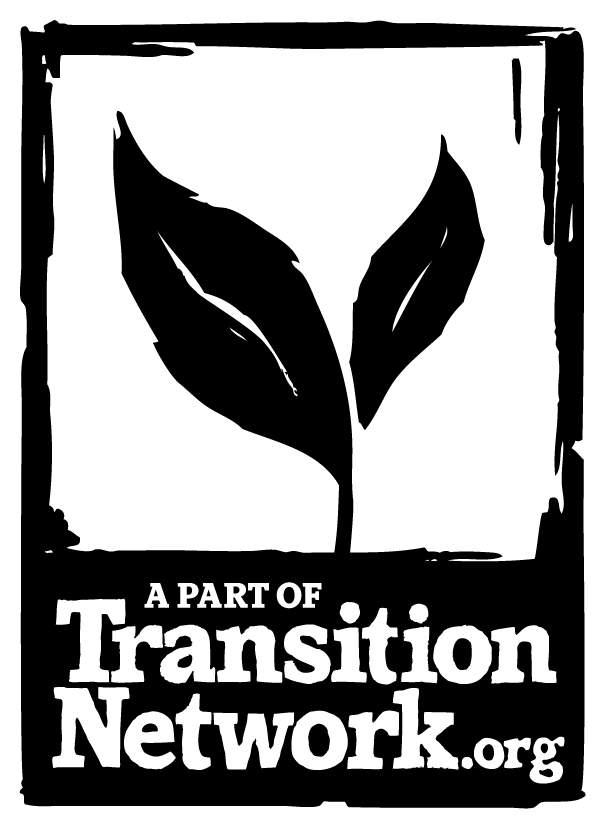Back to Natural Time

What if time was not hours to be filled, but a river of life to be felt?
In a world where clocks and calendars mark workdays, holidays and financial cycles, something profound has been lost. Our relationship with time, once a dance with the moon, sun and earth, has become an endless race against the clock. This change is not accidental; it is part of a history of forced disconnection, often imposed by power structures that, by controlling the notion of time, have conditioned our way of living, working... and therefore of existing.
What consequences has this rupture had for our body/mind and emotional health, our cultures and the planet?
In this post we want to explore how reclaiming a more natural experience of time can allow us to lovingly reconnect with our deep nature through the living calendar that the Earth offers us.
I. Time as a Tool of Control: A Silenced History
Since the Industrial Revolution, our relationship with time has become mechanized. The five-day work week, the clock that divides each day into exact fractions, years that begin in January instead of the vernal equinox, are cultural - not natural - constructs that disconnect us from the vital pulse of the planet and push us into productive beings.
The Gregorian calendar, adopted by Europe in 1582 by order of Pope Gregory XIII, replaced the Julian calendar in order to correct astronomical errors. But beyond the technical correction, it was consolidated as a political and religious tool to establish a common order, at the cost of eclipsing thousands of local and ancestral ways of marking the passage of time.
From Europe to America, Africa and Asia, the conquest of time preceded - and often sustained - the conquest of peoples. In Africa, colonization brought a rupture of time measurement systems that were intimately linked to the rhythms of climate, agriculture and the stars. In many places or regions the people calculated the passage of the year through rain cycles, animal migrations and the position of the constellations. This wisdom was replaced by tower clocks and church bells that rang according to European timetables.
When Juan Cruz de Landa, a Franciscan friar, arrived in the Yucatan peninsula in the 16th century, he burned more than 10,000 Mayan codices containing sacred calendars of thousands of years of observation of the sky and the earth. He did so with the sole purpose of eradicating the ancestral ways of perceiving time, festivals, agricultural and spiritual cycles. The Gregorian calendar, then imposed from Rome, replaced these living worldviews with a linear, rigid and alien structure.
In the Andes, the Inca agricultural and spiritual calendar followed the cycle of the sun and the moon. Festivals such as Inti Raymi (winter solstice) celebrated the rebirth of the Sun. Amazonian peoples still organize their activities in relation to the water cycle, the rains and flowering. With colonization, celebrations alien to the native cosmic worldview were imposed. However, many communities still celebrate solstices and cycles of the moon as a form of cultural and spiritual resistance.

In Asia, many cultures celebrated cyclical time from Taoism, the Chinese lunisolar calendar or the Vedic systems in India, where time was not linear but a flow of births, transformations and rebirths. But colonial modernization demanded adjustments to industrial rhythms, eliminating the sacred margins of the day to introduce the eight-hour day.
In pre-Christian Europe too, rhythms connected to the land, the seasons and the movements of the sun and moon were destroyed by the Industrial Revolution: dawn ceased to mark the beginning of the day and was replaced by a factory siren. But centuries earlier, indigenous European peoples lived in deep harmony with natural cycles. They celebrated festivals such as Imbolc, Beltane, Lughnasadh and Samhain, aligned with the solstices, equinoxes and the points in between. These festivals were not just celebrations: they were communal rituals of sowing, harvesting, purification and transit, marking the pulse of life in synchrony with nature.
For them, the passage of time was not something to be managed, but something to be honored and celebrated.
II. Time Denaturalized: 5 Days for Work, 2 Days to Escape
Have you ever wondered why we work five days and rest two? Why are our biggest celebrations not related to the seasons or the moon, but to imposed, fixed dates?
The imposition of the Gregorian calendar was not a simple change: it was a cultural intervention. It established religious holidays unanchored from the cycles of the earth, imposed the seven-day week - disconnected from any natural rhythm - and redefined time as productivity.
Time became linear and the human being, functional.
However, living within an artificial system does not mean renouncing our nature. Even under this structure it is possible to reconnect with cyclical time. Some simple but powerful actions can open that door:
- Observe the moon every night, and make decisions or intentions based on its cycle.
- Create small weekly rituals: instead of waiting for the "weekend" to live, mark Wednesday with a conscious pause, be grateful for each sunrise, or walk barefoot for at least a few minutes a day.
- Integrate the natural into the everyday: choose your food according to the season, adjust your inner rhythm to the amount of natural light in the day, and respect your own "inner solstices".

These small choices can restore depth and meaning to time, even if your week follows the modern script.
Ask yourself:
- What ritual could mark the beginning and closing of your week to reconnect with the sacred in the everyday?
- What moment of the day could you transform into a threshold of natural awareness, even if you are surrounded by concrete?
III: Your Time is Your Life / Reclaiming rhythmical living
Today, more than ever, reconnecting with natural cycles is an act of personal and collective healing. It doesn't matter if you live in a big city or on a mountain; if you are raising children, working 9-5, or reinventing yourself. We all have access to a way of feeling time from a deeper, more organic, less conditioned place.
Ask yourself:
- What rituals or actions can I create to honor my passage through this season?
- How can I synchronize my projects with the lunar, solar, seasonal or hormonal cycles?
- What kind of freedom could I receive by changing my way of measuring time ?
- What cycle am I inhabiting right now?
- What is the moon telling me?
- What is my body whispering to me?
- When was the last time I felt that time was nourishing myself, instead of draining myself?
These questions emerge from the depths of being, and point to the truth that achieving meaningful changes start with our ability to observe, connect with what emerges and act from the future that wants to be born - not from automatic reactions.

In the Cultural Transformation Circle we are making it a practice to remember and mark these forgotten rhythms. You can read about our new ways to share insights and lived wisdom as well as upcoming events here. We invite you to find ways to reconnect to:
The new moon and full moon, to sow and harvest, both outside and within you.
The solstices and equinoxes, to celebrate the thresholds of collective transformation.
The ancestral wisdom of your territory, whether in the city or the countryside, from the indigenous or the urban to begin to reconnect and heal the broken lineage of those living in harmony with nature.
We do not seek to impose a form of connection, but to lovingly remember that time is not only measured: it is felt.
Conclusion: Back to Time as Medicine
To return to natural time is not to return to the past. It is to recover the present (presence) as a living, ritual and conscious space. It is, taking small or large steps, to stop living by the agenda of this colonial, patriarchal, capitalist system and to start living by the wisdom of the body, the heart, the sky and the earth.
We invite you to follow us on Instagram and join us on this journey of inner transition and cultural transformation.
Not to escape from modern time, but to inhabit it from another place. From the place where we were always human.
Sources of information
- Popular archaeology
- https://es.wikipedia.org/wiki/Diego_de_Landalost-treasures-intolerance-greed.comrevistas.ucr.ac.cr
- https://revistas.ucr.ac.cr/index.php/estudios/article/view/51219youtube.com+15asociacionesceltibericas.org+15facebook.com+15
- https://www.asociacionesceltibericas.org/celebraciones/index.htmlreddit.com+10es.wikipedia.org+10shamanrites.com+10
- https://es.wikipedia.org/wiki/Samhainoerproject.com+15davidtebras.com+15booksprout.co+15
- https://www.davidtebras.com/FantasiaCelta/imbolc-celta/youtube.com+4oerproject.com+4youtube.com+4
- https://www.oerproject.com/OER-Materials/OER-Media/HTML-Articles/Origins/Unit7/Scale-of-the-Industrial-Revolution/Spanish



